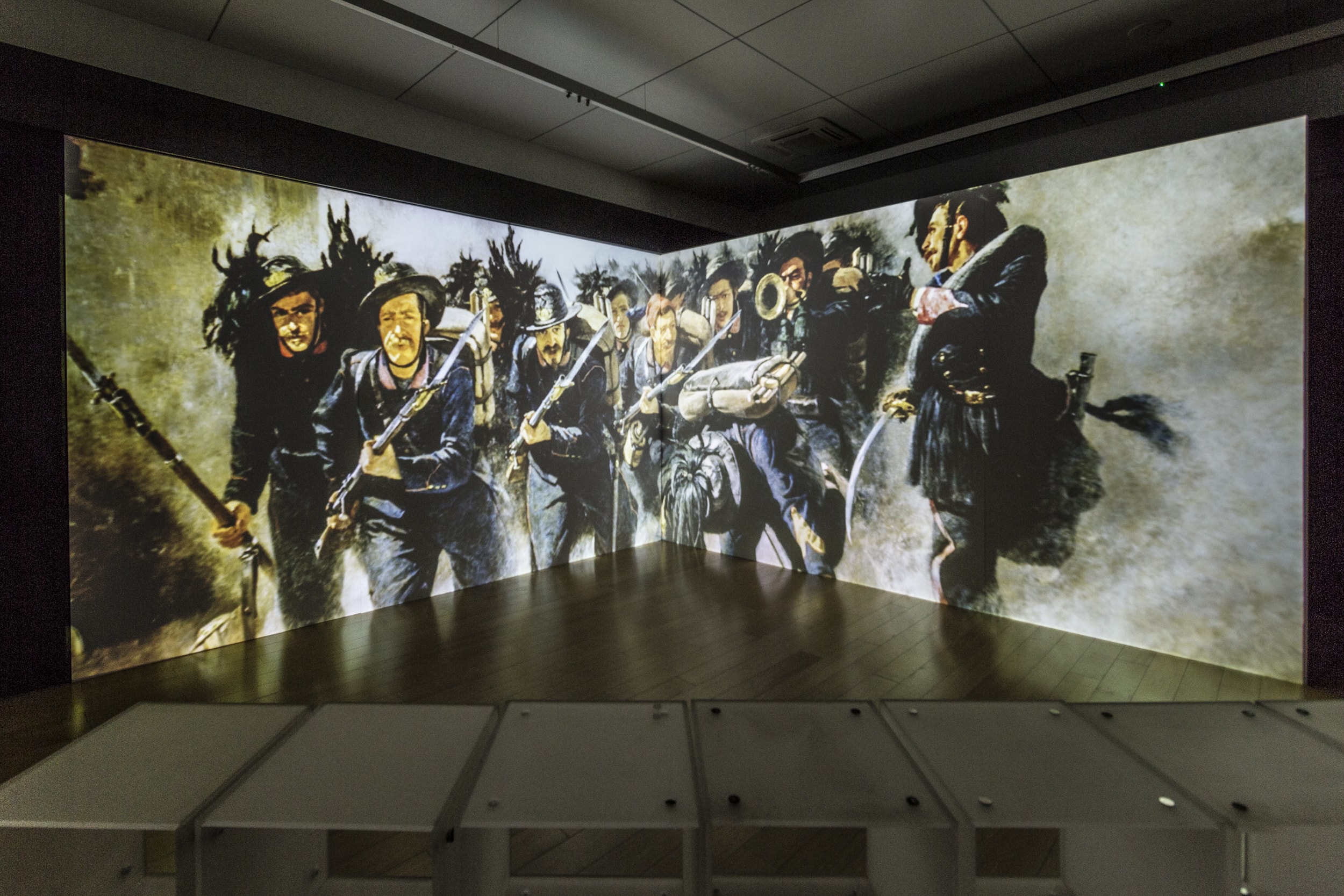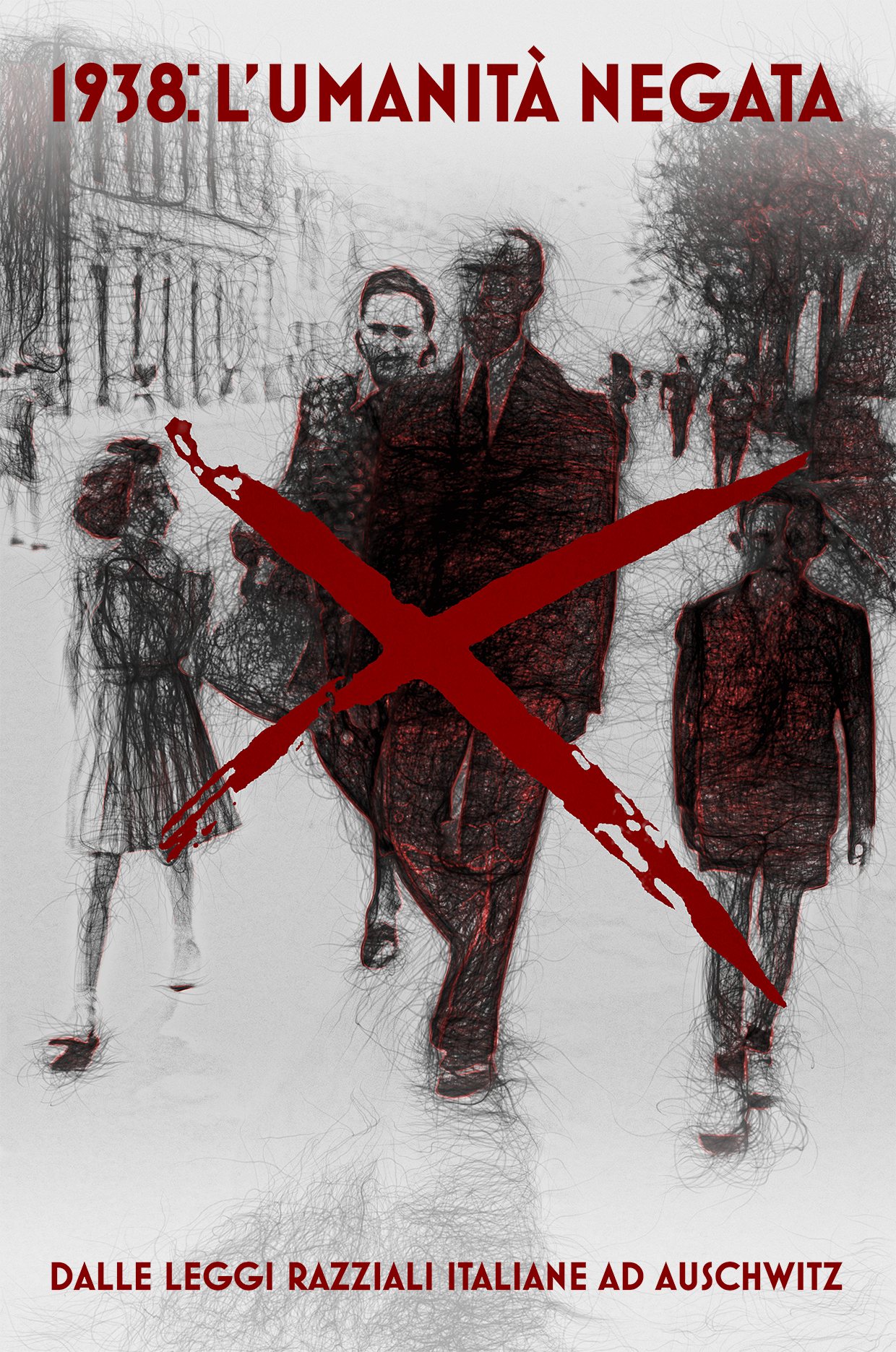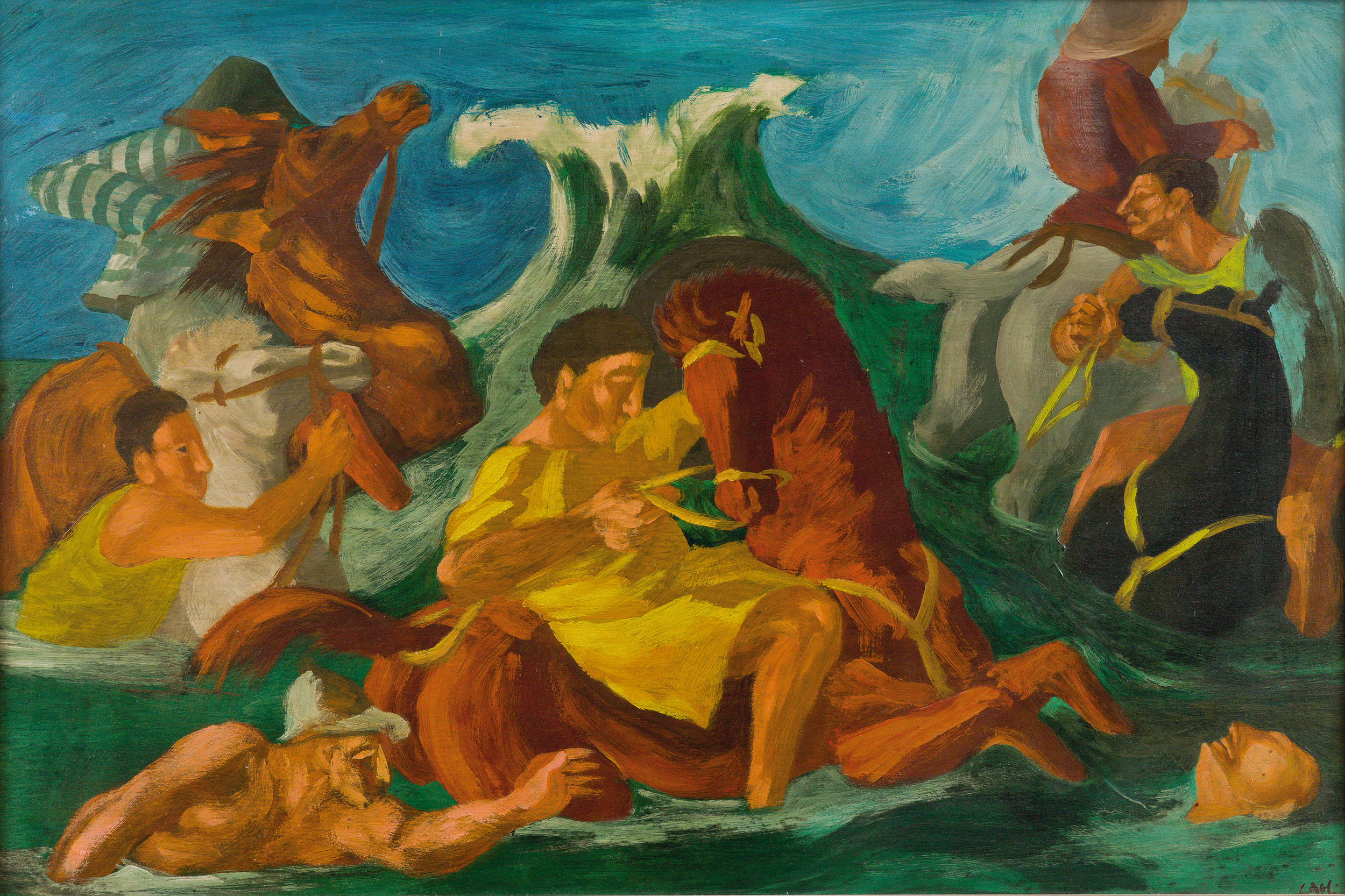
CASE DI VITA. SYNAGOGUES AND CEMETERIES IN ITALY
Exhibitions Temporary
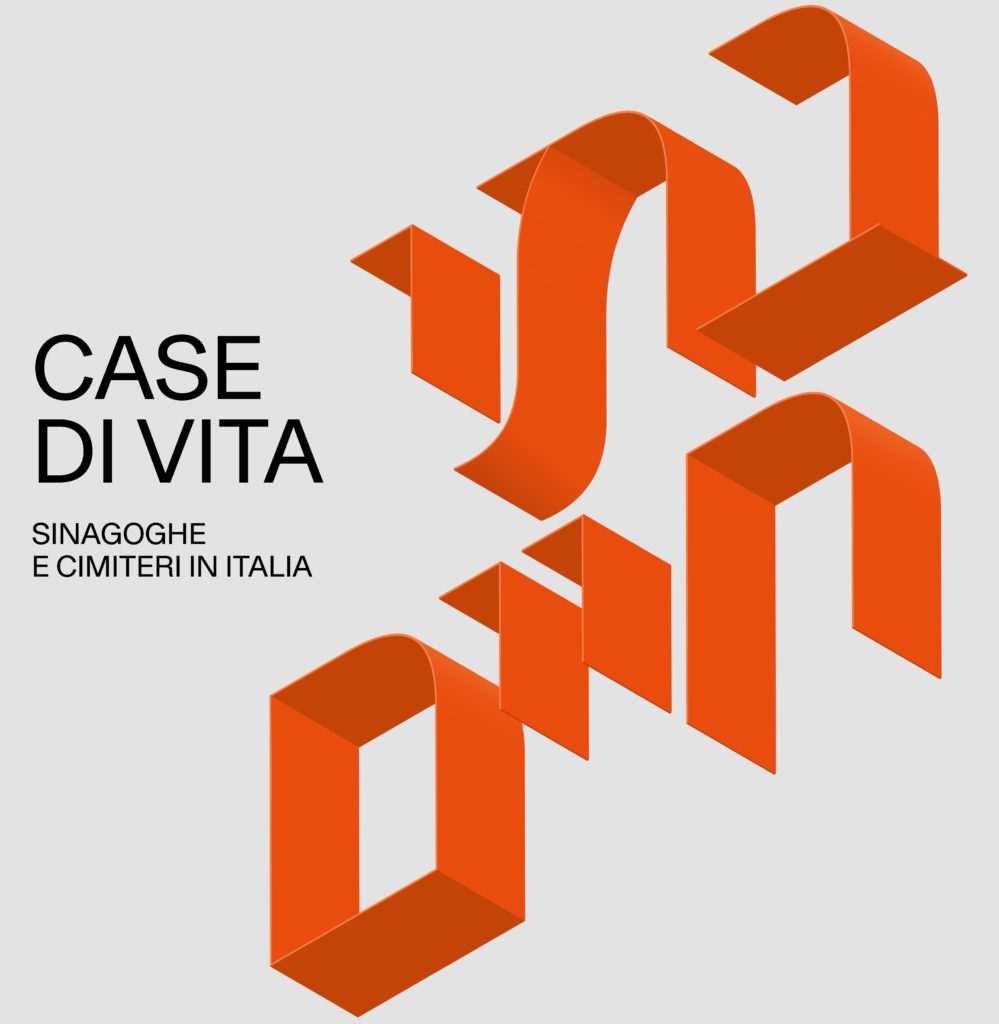
The exhibition covers two thousand years of history, offering projects, designs, documents and objects, architectural features, rituals and social features of both synagogues and Jewish cemeteries in Italy.
Case di vita. Synagogues and Cemeteries in Italy – curated by Andrea Morpurgo and Amedeo Spagnoletto – is an exhibition where the history of cities and people meet, seen through architectural design and projects, household objects, benefiting from precious loans and documents from the State Archives and Jewish Communities. The exhibition will be held from April 20 to September 17, 2023, atthe National Museum of Italian Judaism and the Shoah-MEIS in Ferrara.
The exhibition has been awarded the President of the Republic’s Medal, a prestigious recognition and is also supported by the Ministry of Culture, one of the founding partners of MEIS. Participating bodies and authorities include the Region Emilia-Romagna, the City of Ferrara and the Union of Italian Jewish Communities. The exhibitionisalsosponsored by the Intesa Sanpaolo Bank.
Patrons include the Foundation for Jewish Heritage in Italy and the Jewish Community of Ferrara with the support of the Guglielmo De Lévy Foundation, TPER, Hera, CoopAlleanza 3.0, AVIS and the Bottari Lattes Foundation. The exhibition is a new in-depth approach to architecture, rites and social features of Jewish synagogues and cemeteries as well as discussing the relationship between holy places, their evolution and changes taking place in the two thousand years of history of Italian Judaism.
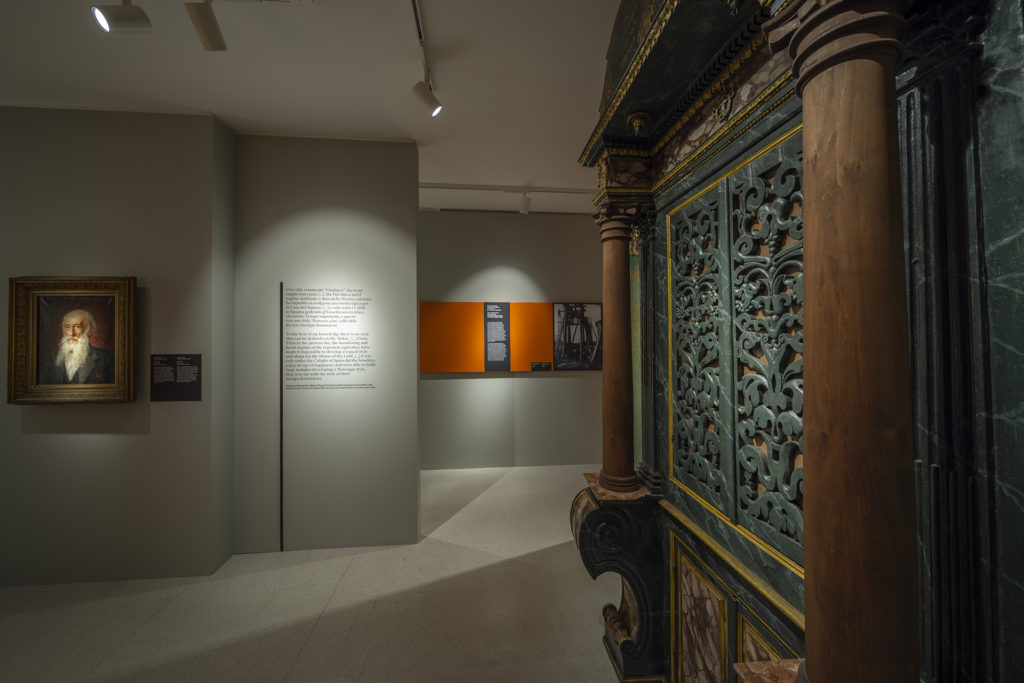
1. The exhibition
Photo by Luca Gavagna, Le immagini
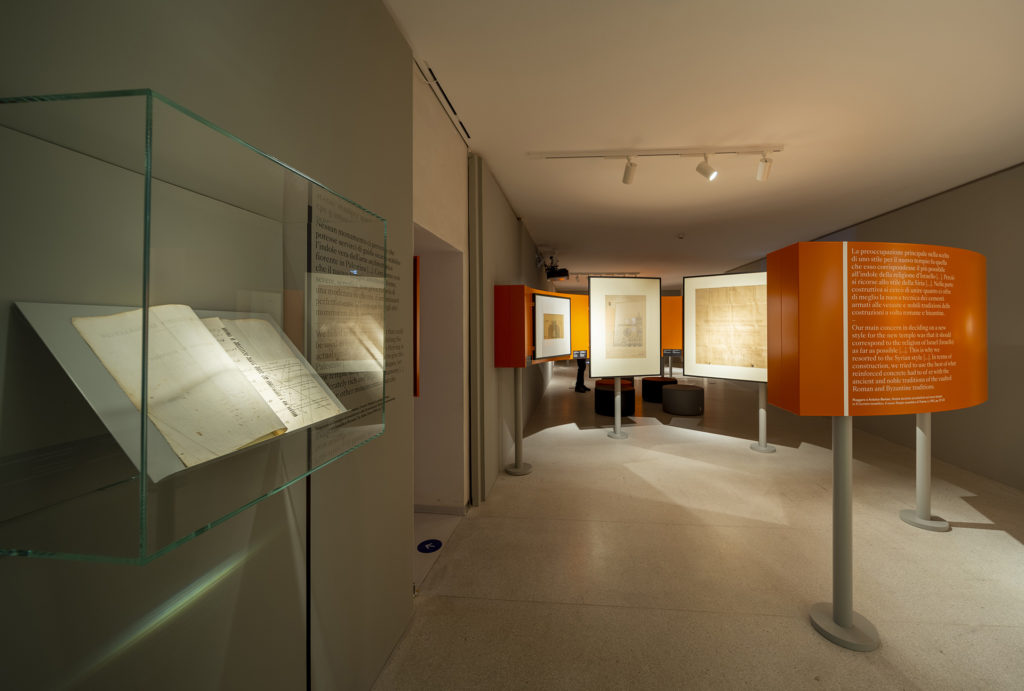
2. The exhibition
Photo by Luca Gavagna, Le immagini
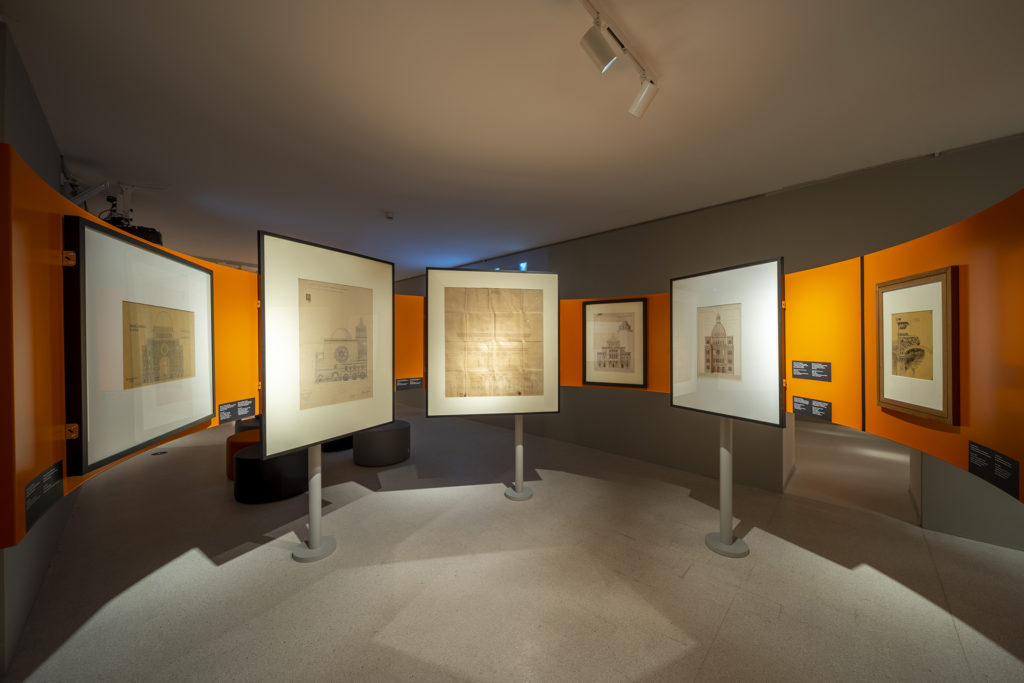
3. The exhibition
Photo by Luca Gavagna, Le immagini

4. The exhibition
Photo by Luca Gavagna, Le immagini
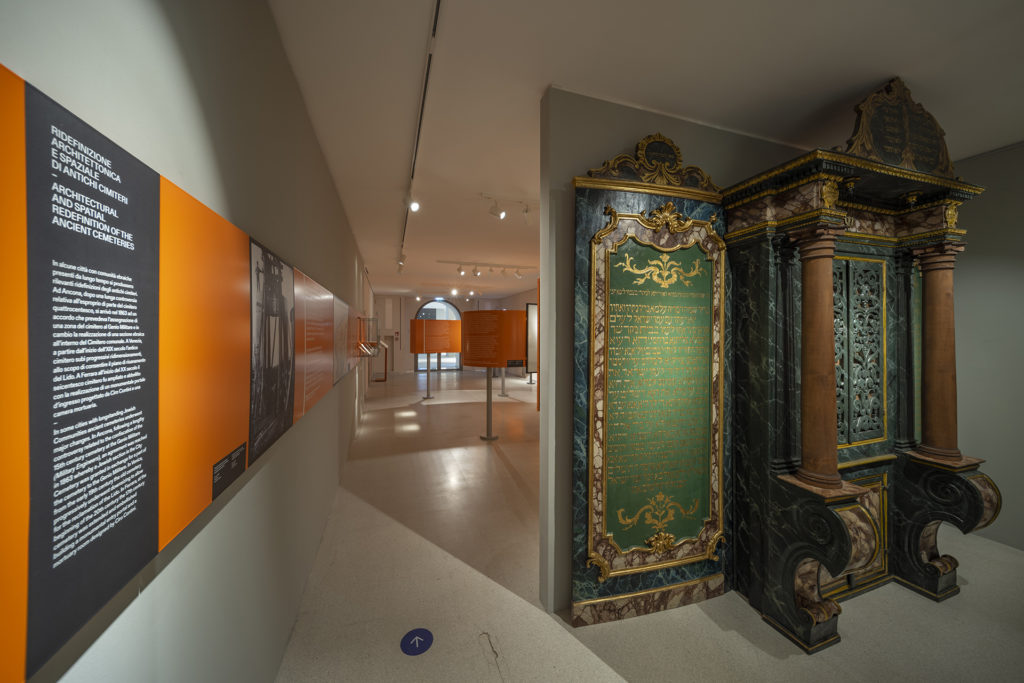
5. The exhibition
Photo by Luca Gavagna, Le immagini
“Once again, we are back with a theme which is very dear to our museum: the notion of house and home” – explains Amedeo Spagnoletto, Director and curator. “Synagogues are not only or prayers, in fact they are community houses. The title of the exhibition also enshrines the name of cemeteries in the Jewish world, Battè Chaim, which is to say, Houses of Life. Although they are not the same and differ, these two spaces, synagogues, and cemeteries, have harboured the lives, the stories, histories, and identities from thousands of years. Unlike private dwellings, they were spaces where self-representation shifted from a single person’s to the community’s and hence, according to the Jewish tradition, live for ever”.
The hall retraces a path that bears witness to the most complex and the happiest moment of the presence of Jews in Italy, seen through the eyes of history of architecture. Curator Andrea Morpurgo adds: “When dealing with Jewish architecture – and specifically synagogues and cemeteries – we are dealing with identity spaces, able to recreate a fascinating story where memories and stories interface, part and parcel of the history of our country”.
These buildings were used for worship and study, from the ancient synagogue in Ostia Antica to the mediaeval ones in Southern Italy dismantled in the 15th century to the hidden ones in the16th century ghettos: the exhibition retraces the various steps of the evolution of Jewish places of worship through drawings, documents, andextraordinary objects.
Exhibits include a late 15th century mahazor(prayer book) from the Emilia Romagna area, shown for the first time, the Vercelli Aron ha-Qodesh, the Holy Ark or chamber for the scrolls of the Torah made in piedmont in the 17th century, at the time of the ghettos. The designs for the big architectural competitions for the new monumental synagogues in the centre of the main Italian cities after the unification of the country. Materials come from city archives and Jewish Communities, the most famous being the Turin Mole Antonelliana originally built as a Jewish temple.
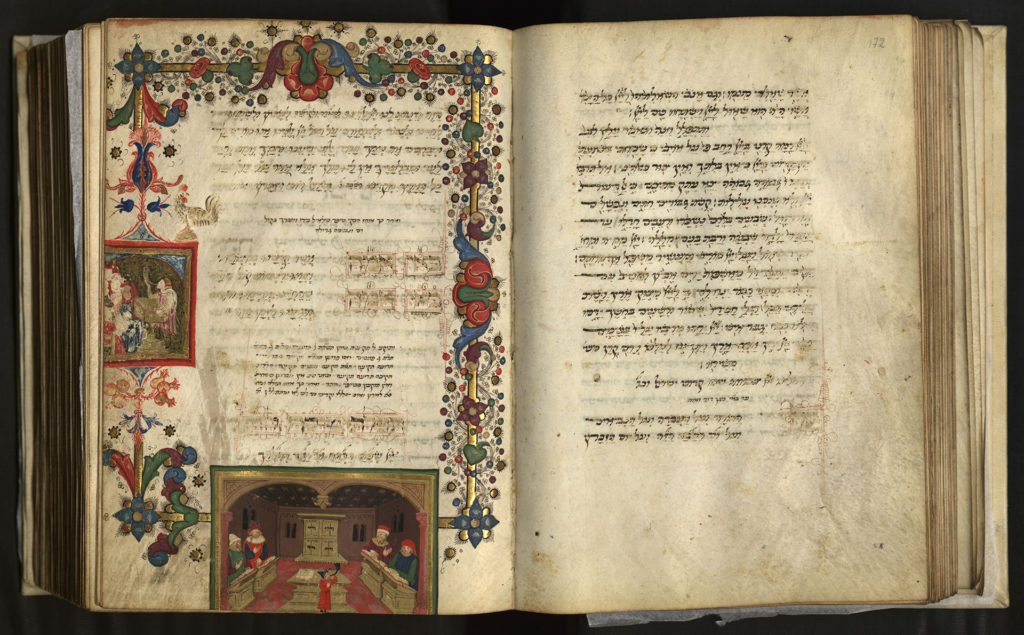
1. Machazor, prayer book
italian rite, Emilia-Romagna region, late 15th century, manuscript on parchment, 27 x 20 cm, Zurigo, David and Jemima Jeselsohn collection, Ms Jeselsohn 11
The history of Jewish cemeteries in Italy is overly complex and troubled: their evolution is a key to understand the relationship between Italian Jewry and those in power in the various periods of time. From the ancient Jewish catacombs in Rome and Venosa, to the fields or ortacci (the bad vegetable gardens) outside the city walls in the Middle Ages: Jewish rites always intrigued society, so much so that in 1720 Alessandro Magnasco, one of the main exponents of the fantastic and grotesque style, painted a Jewish Funeral currently displayed in the Musée d’art et d’historie du Judaïsme now permanently at the Louvre, that granted the loan for the exhibition.
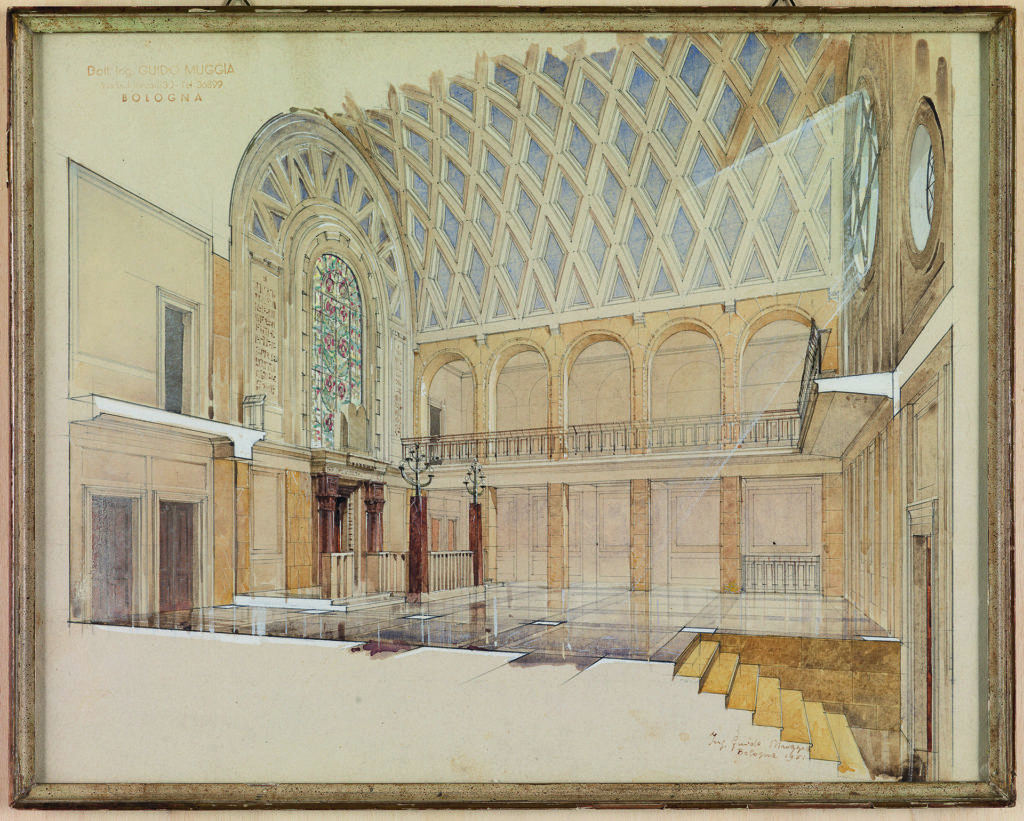
1. Sinagoga di Bologna, prospettiva interna
Guido Muggia Eng., Bologna, 1951, Watercolours on cardboard 32,5 x 41 cm, Adv. Muggia Collection
The 1772 funeral column of Yehudah Leon Briel can also be seen in the exhibition. He was one of the most famous masters of Italian Judaism between the 17th and 18th centuries. Mantua was one of the cradles of Jewish cultural, artistic, and religious life. Another item on display is the precious bronze clad seat thatthe banker and Senator Ugo Pisa commissioned to the sculptor Mario Quadrelli in 1887 for the Jewish Section of Milan’s Monumental Cemetery.
Dario Disegni, President of MEIS, said that he hoped visitors could discover Italian cities in a new light thanks to the exhibition, appreciating their beauty, unknown to most, thus leading to a new appreciation discovering a piece of one’s history that is closer than one may have thought.
Case di vita. Synagogues and Cemeteries in Italy is more than just an exhibition: it is completed by a programme of initiatives involving all the City of Ferrara. Exceptionally, and thanks to the cooperation with the city’s Jewish Community, it will be possible to visit Ferrara’s three synagogues – the German, Italian and the Fano rites, currently not open to the public, and to be found inside the building in via Mazzini that Ser Melli gave the Jews of Ferrara at the end of the 15th century. MEIS will also give you the opportunity to visit the Jewish cemetery of via delle Vigne, locus amoenus with its unique atmosphere, captured by Giorgio Bassani in the timeless garden of the Finzi-Contini’s.
The exhibition also has a catalogue in Italian and English, published by Sagep with essays by architectural historians, Hebraists, and archaeologists. They touch with topics such as the development of the role of women in Synagogues, the presence of synagogues and Jewish cemeteries in Italian movies, as well as offering in depth discussions on cemeteries in the early Middle Ages and a review of post Holocaust Italian synagogues.
Other exhibitions

Jews in Twentieth-Century Italy
Exhibitions Temporary29.03.2024—06.10.2024
Return to Ferrara. The universe of Leo Contini Lampronti
TEMPORARY EXHIBITION09.11.2023—04.02.2024
Under the same Sky
Exhibitions Temporary14.10.2022—05.02.2023
Beyond the ghetto. Inside&Out
Exhibitions Temporary29.10.2021—03.07.2022